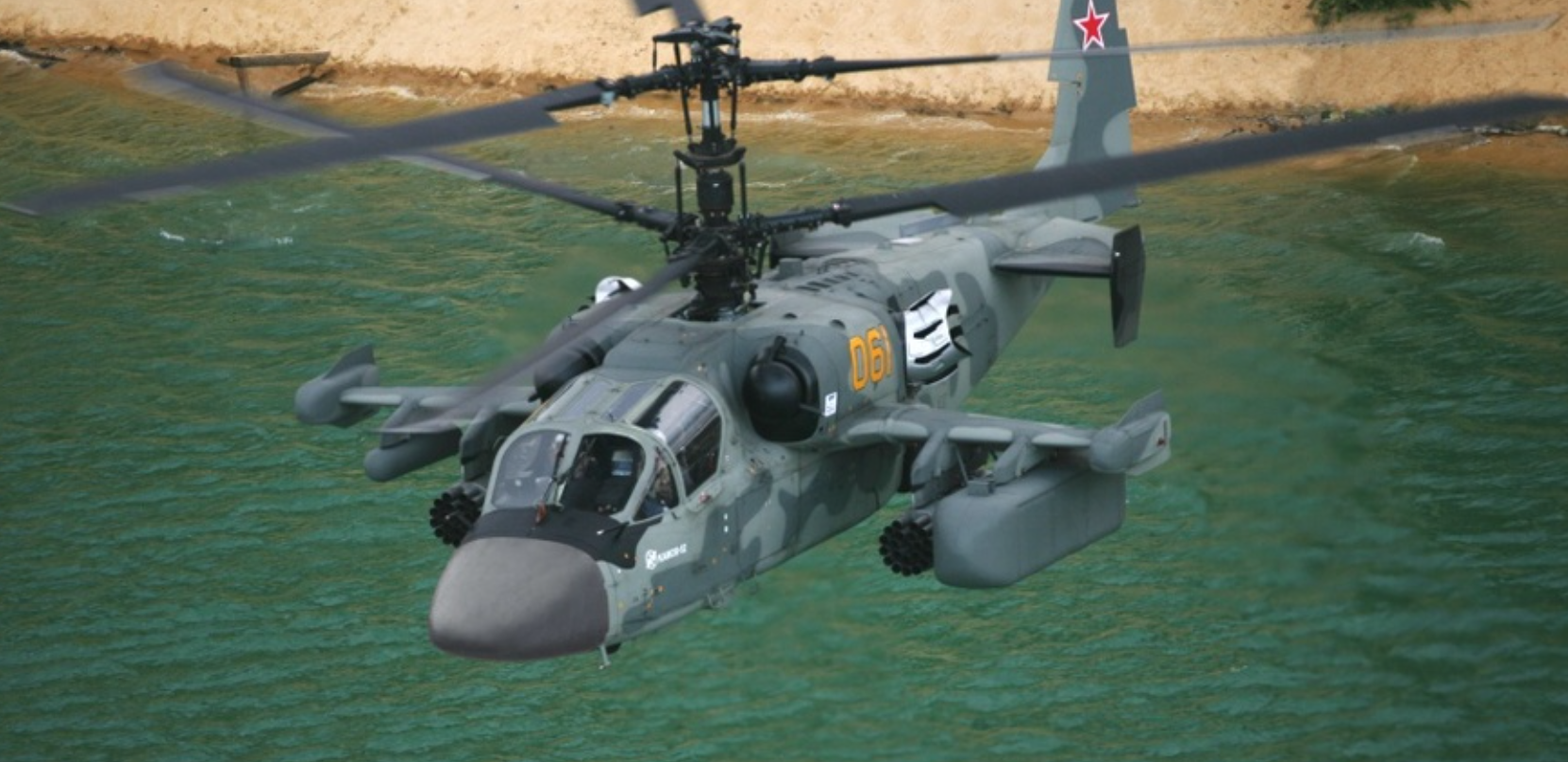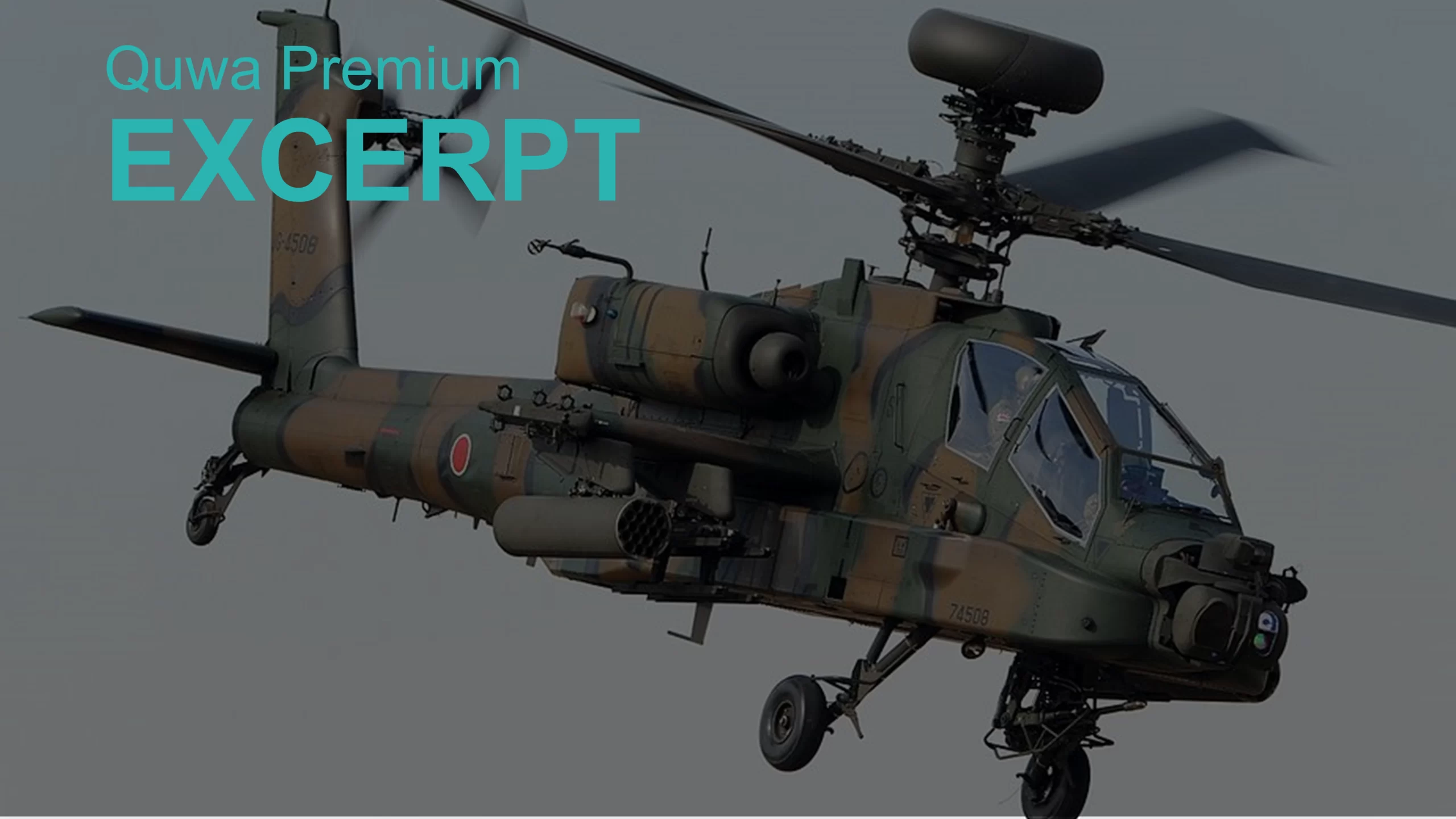2596Views 0Comments
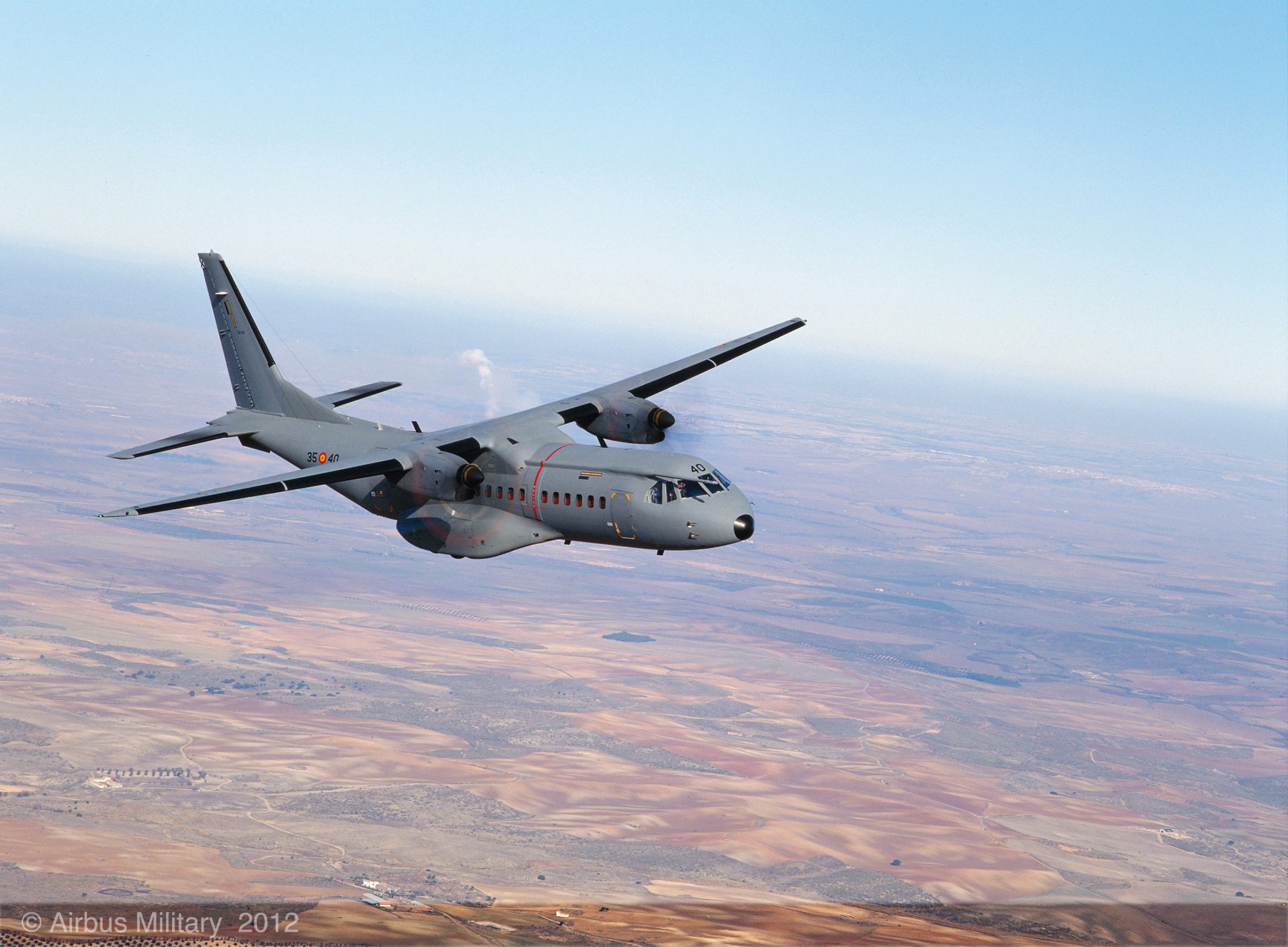
Keep an eye out for the CN-235 and C-295
When I read on Jane’s that Airbus was planning to introduce air-to-air refueling (AAR) and extreme short take-off and landing (XTOL) capabilities to the CN-235 and C-295, I immediately felt that it was a good idea to delve into studying how this one seemingly ordinary platform can effectively serve as the ‘mortar’ for a modern day military. The core ideas are not exclusive to the CN-235 and C-295, but credit should be given to this platform for achieving so much in the way of results as well as potential.
Background
The CN-235 was developed by Spain’s Construcciones Aeronáuticas SA (CASA) and Dirgantara Indonesia (then known as Aircraft Technology Industries) in the early 1980s as a tactical utility transport aircraft. It first flew in 1983 and was formally introduced into service in 1988. The CN-235 was by design meant to be lighter and smaller than the larger, yet very reliable and highly popular, C-130 Hercules, essentially serving as a supplementary asset where it would be inefficient to use a larger transport platform.
With over 20 military operators, the CN-235 was a solid success. In 1995 CASA embarked on developing a larger and more powerful variant, the C-295, and through that program it was able to secure another 20+ orders, most of them new customers. Today, the CN-235 and C-295 are in use by major and minor military operators in Africa, the Middle East, Asia, Latin America, North America and Europe. Through a series of mergers and acquisitions, the primary vendor of the CN-235 and C-295 today is Airbus Military.
Although a platform with low acquisition and operating costs, the CN235 and its larger C-295 derivative have been adapted for an impressive range of essential roles.
Tactical Utility Lift
At their core the CN-235 and C-295 are light utility transport aircraft. By design they are meant to be highly cost-effective, thus enabling air forces (and other service arms) to heavily depend on them for a very wide range of transport duties. The cabin of a CN-235 could house dozens of soldiers, or a couple dozen hospital beds (for medical evacuation purposes), or a light vehicle, or up to six tons of supplies. Combined with its short take-off and landing (STOL) capabilities the CN-235 can ferry vital supplies, such as medicine, food, electrical generators, relief personnel, etc, to areas with limited infrastructure (for larger aircraft), for example rough or soft and unprepared landing-strips. This makes the CN-235 a highly versatile and reliable logistics driver for varied mission profiles, including humanitarian and combat operations. The C-295 maintains these core advantages, but possesses a larger internal payload and more powerful engines.
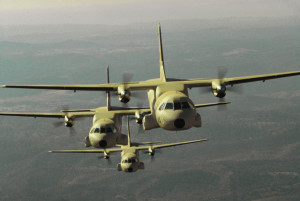
Maritime Patrol
In the early 2000s the CN-235 was adapted for use as an armed maritime patrol aircraft (MPA) capable of anti-ship warfare (AShW) and anti-submarine warfare (ASW). In addition to a suite of advanced on-board electronic equipment (provided by France’s Thales and EADS Deutschland), the CN-235 MPA could be equipped with as many as six anti-ship missiles (AShM) and ASW torpedoes. Alternative CN-235 MPA variants with British and American subsystems were also developed. There is also a MPA version of the C-295, albeit with a newer suite of maritime patrol and warfare subsystems.
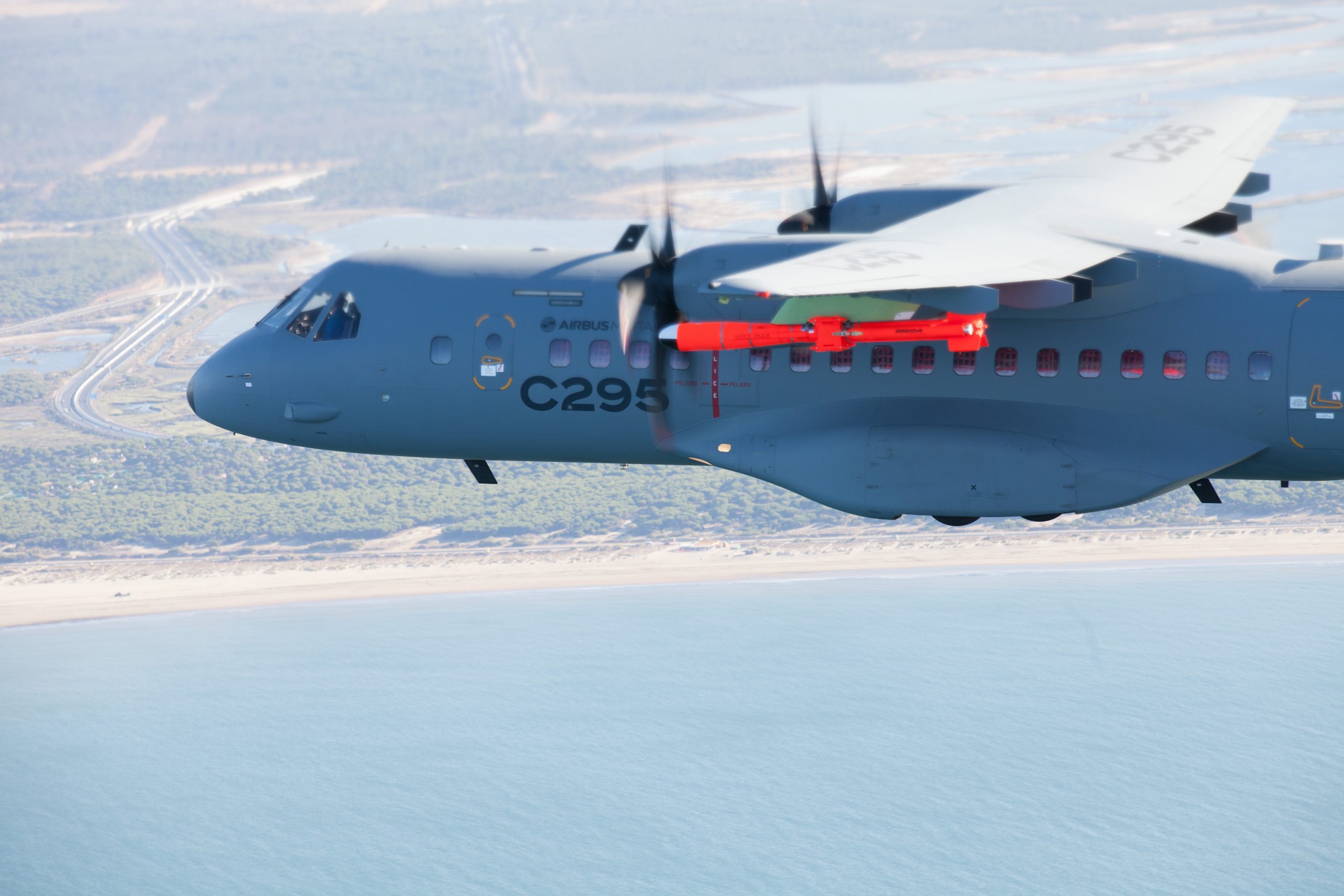
AC-235/295 Aerial Gunship
The King Abdullah II Design and Development Bureau of Jordan (KADDB) and the American defence vendor Orbital ATK jointly developed an aerial gunship version of the CN-235. KADDB and Orbital ATK essentially enabled the CN-235 to carry a 30mm cannon, laser-guided air-to-ground (A2G) missiles (AGM-114 Hellfire II), and 70mm rockets. If applicable, the user could also equip the rocket-pod with 70mm laser-guided rockets (known as Advanced Precision Kill Weapon System or APKWS).
These weapon systems are paired with an on-board electronics and sensors suite involving a Thales I-Master Ku-band synthetic aperture radar (SAR) and L-3 Wescam MX-15 electro-optical targeting system (EOTS) with laser designator. The Thales I-Master SAR radar enables the AC-235 operator to have a visual situational awareness of the ground, allowing him or her to more easily spot a target. Combined with the EOTS (which is basically an integrated targeting pod), the SAR radar basically enables the AC-235 to engage in intelligence, surveillance, target acquisition and reconnaissance (ISTAR) .
Although similar to the well-known U.S AC-130, the AC-235 is a lighter and more affordable system. The AC-235 is a close air support and suppression asset and the Jordanian military acquired it to strengthen their counter-insurgency (COIN) and low-intensity warfare capabilities.
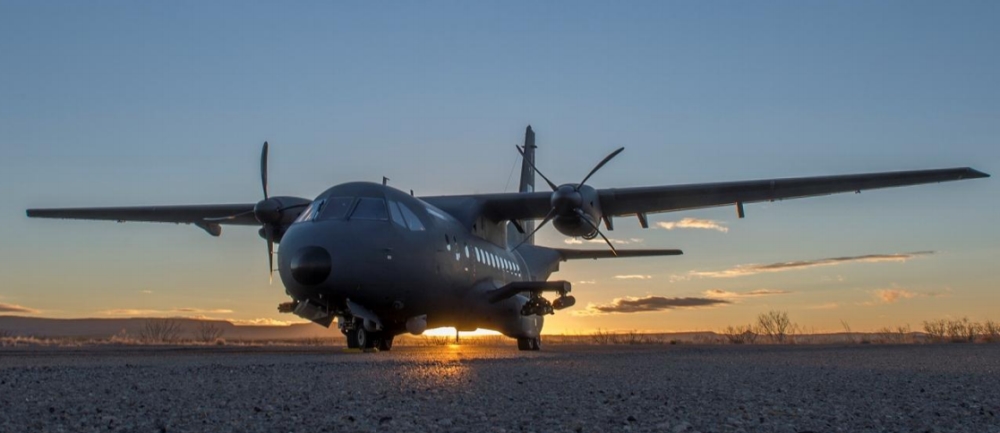
Non-state combatants with weak or non-existent anti-air warfare (AAW) capabilities are particularly susceptible to aerial gunships. Remember, not only can AC-235s utilize precise and high-impact munitions such as A2G missiles, but they can also loiter in the skies for extended periods of time. Besides targeting and combat, systems such as the AC-235 can support ground forces with day and night ISTAR support, thus enabling an army or its special operations forces (SOF) to have a good understanding of the ground realities vis-à-vis the insurgents. The effective use of such a system can seriously derail the momentum of an insurgency, especially if paired with other aerial systems that are relatively cheap to acquire and operate, such as armed drones and light close air support (CAS) aircraft. In state-to-state warfare the situation is not as simple given that one needs air superiority over an area in order to use a system such as the AC-235, otherwise it will be susceptible to an enemy’s fighter aircraft and/or surface-to-air missiles (SAM).
KADDB has begun working on converting the larger C-295 into a gunship as well (Airbus is also seeking to develop a gunship variant of the C-295 from the ground-up). Besides Jordan, it would not be inconceivable to see others, e.g. the United Arab Emirates, Saudi Arabia, Iraq and Pakistan, acquire the AC-235/295 in the coming years as well, especially since each of them is involved in a long-term COIN campaign.
Airborne Early Warning & Control (AEW&C)
In 2011 Airbus Military and Israel Aerospace Industries (IAI) signed an agreement to develop an AEW&C variant of the C-295. An AEW&C system is essentially a long-range airborne surveillance and battlefield management system, enabling users to use the AEW&C’s powerful radar (with the support of a data-link system such as Link-16) to acquire a comprehensive and near real-time ‘situational picture.’ For the C-295, IAI provided one of its Active Electronically Scanned Array (AESA) radars. The program is in the developmental stages, but if it succeeds, it opens up yet another role for the C-295 platform. To Airbus Military’s credit, it also demonstrates the vendor’s willingness to experiment with the platform, even to the extent of letting its users (such as Jordan) take their own routes. In other words, a C-295 AEW&C variant would not necessarily be limited to IAI’s technology, it may result in alternative versions too.
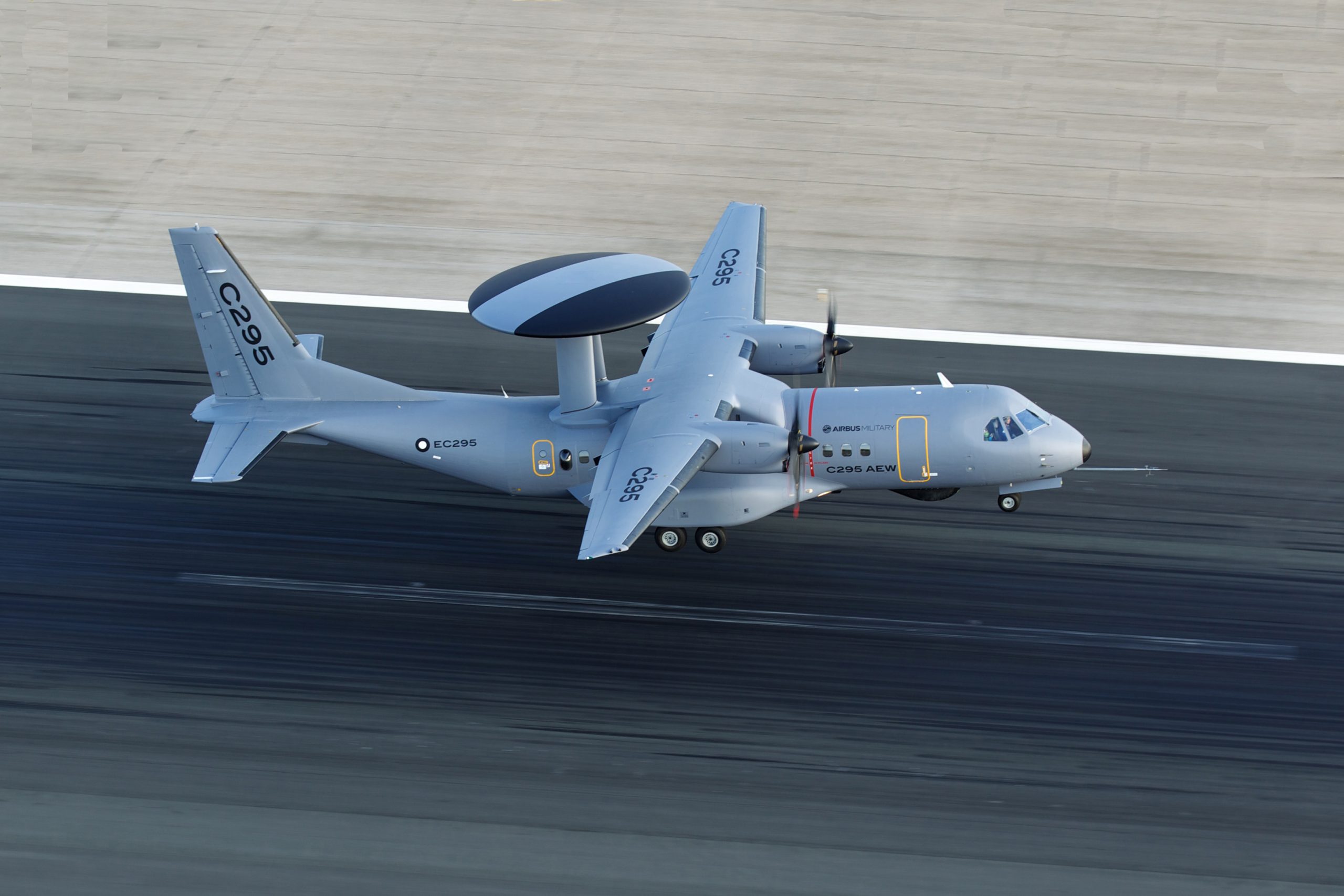
Tactical Air-to-Air Refueling (AAR) and Extreme Short Take-off and Landing (XTOL)
Tactical AAR and XTOL are the latest in the role adaptations slotted for the CN-235 and C-295. The AAR (provided via hose-and-drogue) is designed to support helicopters and other slow moving aircraft. I wonder if light CAS aircraft such as the A-29 Super Tucano could fit in the latter category, it would enable these effective COIN platforms to loiter over an area for longer periods of time, enabling the user to have long-endurance CAS during a battle. But the advantage afforded to helicopters should not be underestimated, especially in situations requiring a country to use heavy-lift helicopters such as the CH-47 Chinook or Mi-26 for mobilization purposes.
XTOL capability is slotted for use in special operations missions. Whereas STOL is desirable for landing on rough air strips, XTOL could enable the CN-235/C-295 to operate from particularly dire air strips. It will be interesting to see exactly what Airbus means by XTOL.
Standardized Force Multiplier?
The above should illustrate the potential of the CN-235 and C-295 to serve as a standardized platform for a military (or a state in general if its civil service branches are taken into account). In other words, a very wide range of different special mission aircraft would benefit from a common maintenance and logistics channel. This basically affords the user a significant margin of flexibility and cost savings.

